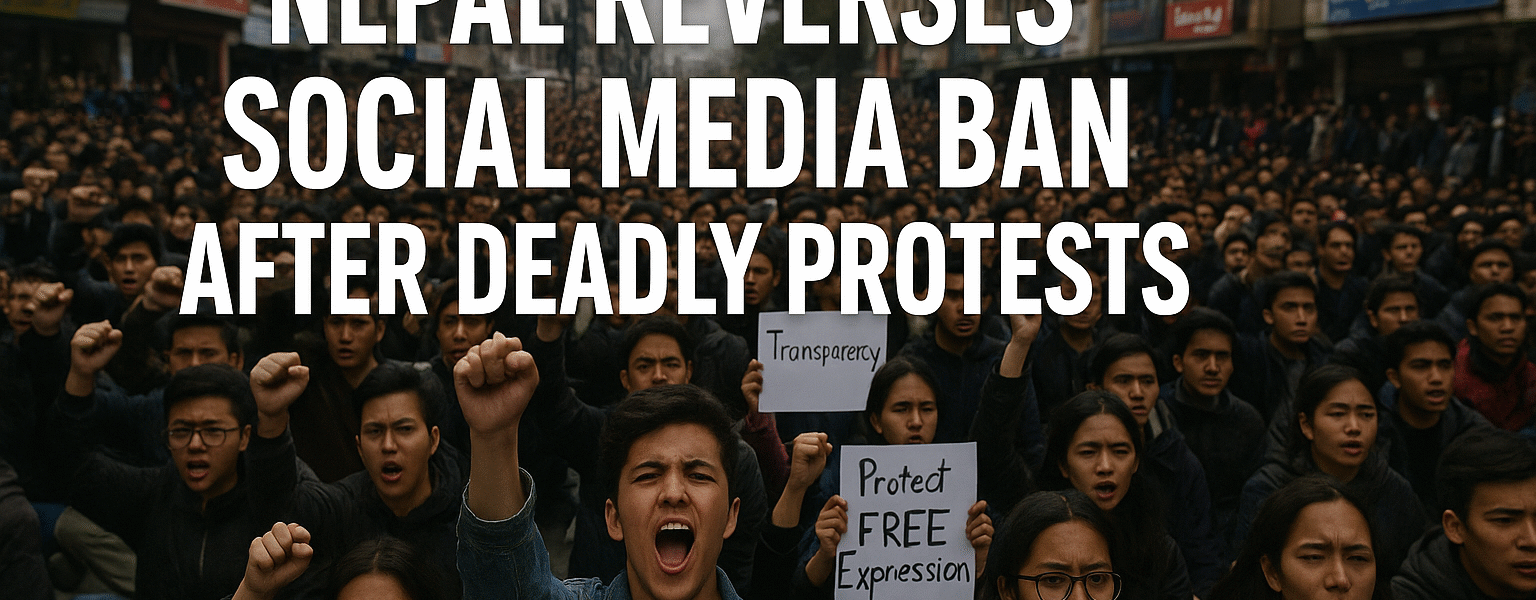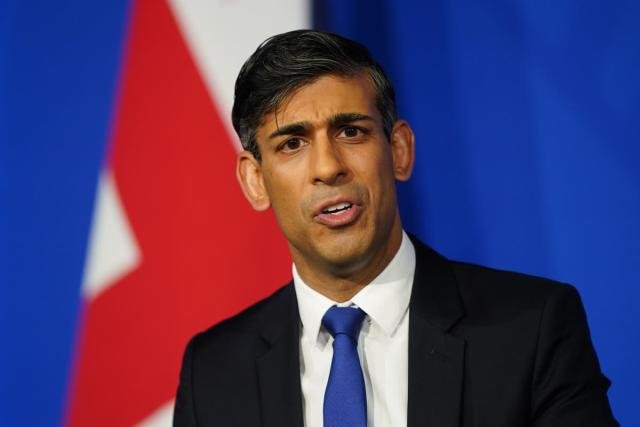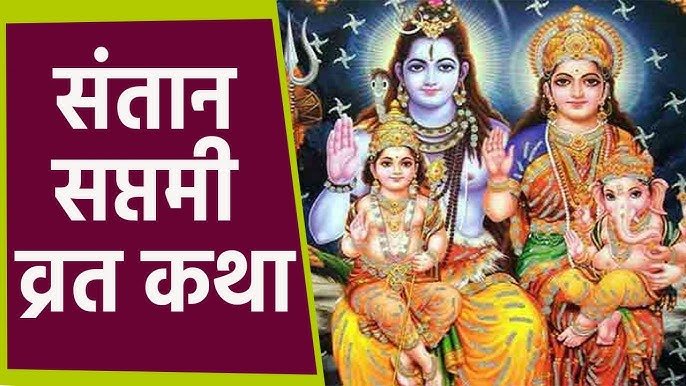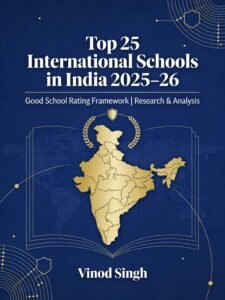Nepal Lifts Social Media Ban After Deadly Protests: Gen Z Activism Forces Policy Reversal
In a dramatic turnaround that underscores the rising political clout of Nepal’s digitally empowered youth, the government has lifted its controversial ban on major social media platforms following days of violent unrest that claimed at least 19 lives. The reversal marks a watershed moment in the country’s ongoing struggle to balance digital regulation with democratic freedoms.
Government Reverses Ban Amid Outrage
On Monday night, Nepal’s Minister for Communications and Information Technology, Prithvi Subba Gurung, announced that access to Facebook, Instagram, WhatsApp, YouTube, and X (Twitter) would be restored immediately. The decision came after emergency cabinet meetings convened in response to mass protests and international condemnation.
The ban, which lasted nearly two weeks, was initially introduced under a mandatory registration law requiring global platforms to establish local offices and comply with Nepali regulatory frameworks. Officials justified the move as necessary to combat misinformation, hate speech, and online crimes. But the abrupt blockade was widely perceived as a crackdown on free speech, igniting public fury and pushing thousands onto the streets.
Gen Z at the Forefront of Protest

The most striking feature of the unrest was the central role played by Gen Z activists. Using hashtags, livestreams, and viral short videos, young Nepalis mobilised massive demonstrations across Kathmandu and other major cities.
Chanting slogans against corruption and censorship, protesters carried placards demanding “Digital Freedom” and “Transparency, Not Tyranny.” Their movement exposed growing generational divides in Nepali politics, with many youths openly accusing the political elite of enriching themselves while silencing dissent.
Conflict, Curfew, and Cabinet Response
The government’s initial response was heavy-handed. Curfews were imposed around parliament, and police deployed water cannons, tear gas, and rubber bullets to disperse demonstrators. Several clashes turned deadly as protesters attempted to storm barricades.
Prime Minister KP Sharma Oli defended the original ban as a matter of “national sovereignty,” arguing that foreign companies must not operate beyond the law. However, mounting casualties and global attention forced his administration to reconsider. A 15-day investigative committee has been formed to probe the violence and recommend reforms.
TikTok’s Unique Status
Curiously, TikTok remained accessible throughout the ban despite previously facing restrictions for failing to comply with Nepali regulations. The app quickly became the protest movement’s heartbeat—amplifying grievances, documenting police excesses, and inspiring solidarity across districts.
TikTok creators emerged as unexpected leaders, shaping the narrative with real-time content that traditional media struggled to match. This dynamic has raised new questions about whether selective enforcement of digital laws reflects political calculations.
International Concern and Pressure
The international community reacted sharply to the crisis. The United Nations Human Rights Office condemned the violence, calling for a transparent investigation into the killings. “Accountability is essential to prevent further erosion of public trust,” a UN spokeswoman said in a statement.
Western embassies in Kathmandu also expressed concern, with some warning that restrictions on free expression could affect aid and trade ties. Observers note that Nepal, sandwiched between China and India, is increasingly under scrutiny as it navigates its digital policies within a geopolitically sensitive region.
Corruption and Political Accountability
At the heart of the protests lies deep-rooted frustration over corruption. Several scandals involving top officials—including allegations of embezzlement in infrastructure projects—have eroded confidence in the government.
For many young demonstrators, the social media ban symbolised not just censorship but also a government more interested in protecting itself than addressing systemic corruption. “Banning Facebook won’t fix corruption—it only hides it,” one protester was quoted as saying.
Outlook: A Watershed in Nepal’s Digital Politics
The reversal of the ban highlights the power of organised, tech-savvy youth in shaping political outcomes. Analysts argue this episode may compel the government to adopt more nuanced approaches to digital governance, balancing sovereignty concerns with democratic freedoms.
Yet, the situation remains volatile. The probe into police violence, potential fresh regulations for social media companies, and ongoing international scrutiny suggest Nepal’s digital future is still contested terrain.
For now, the lifting of the ban represents a victory for public dissent—and a warning to leaders across South Asia about the risks of silencing a connected generation.
Nepal social media ban, Nepal protests, Gen Z activists Nepal, KP Sharma Oli, Nepal digital freedom, UN Nepal protests, Kathmandu unrest
Discover more from
Subscribe to get the latest posts sent to your email.










2 COMMENTS